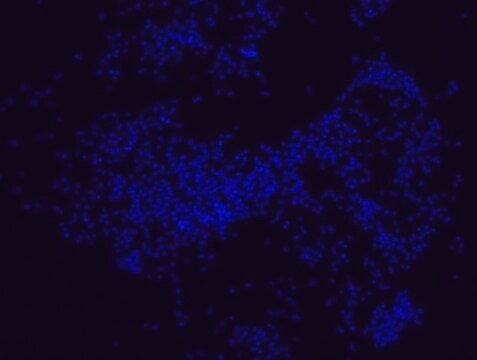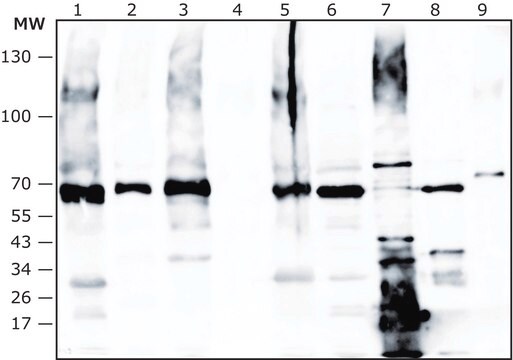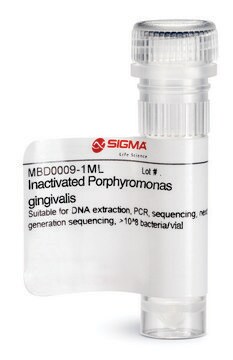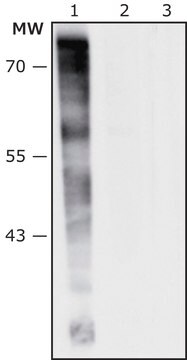SAB4200832
Anti-Porphyromonas gingivalis antibody produced in rabbit
IgG fraction of antiserum
About This Item
Prodotti consigliati
Origine biologica
rabbit
Forma dell’anticorpo
IgG fraction of antiserum
Descrizione
Research area: Microbiome
Forma fisica
buffered aqueous solution
Reattività contro le specie
Porphyromonas gingivalis (Lipopolysaccharides (LPS) from whole extract)
Confezionamento
antibody small pack of 25 μL
Concentrazione
~1 mg/mL
tecniche
immunoblotting: 1:50,000-1:100,000 using dead Porphyromonas gingivalis bacteria
indirect ELISA: 1:20,000-1:40,000 using Porphyromonas gingivalis LPS for coating.
Condizioni di spedizione
dry ice
Temperatura di conservazione
−20°C
modifica post-traduzionali bersaglio
unmodified
Categorie correlate
Descrizione generale
Applicazioni
Stato fisico
Altre note
Esclusione di responsabilità
Codice della classe di stoccaggio
10 - Combustible liquids
Classe di pericolosità dell'acqua (WGK)
WGK 1
Punto d’infiammabilità (°F)
Not applicable
Punto d’infiammabilità (°C)
Not applicable
Certificati d'analisi (COA)
Cerca il Certificati d'analisi (COA) digitando il numero di lotto/batch corrispondente. I numeri di lotto o di batch sono stampati sull'etichetta dei prodotti dopo la parola ‘Lotto’ o ‘Batch’.
Possiedi già questo prodotto?
I documenti relativi ai prodotti acquistati recentemente sono disponibili nell’Archivio dei documenti.
Il team dei nostri ricercatori vanta grande esperienza in tutte le aree della ricerca quali Life Science, scienza dei materiali, sintesi chimica, cromatografia, discipline analitiche, ecc..
Contatta l'Assistenza Tecnica.








